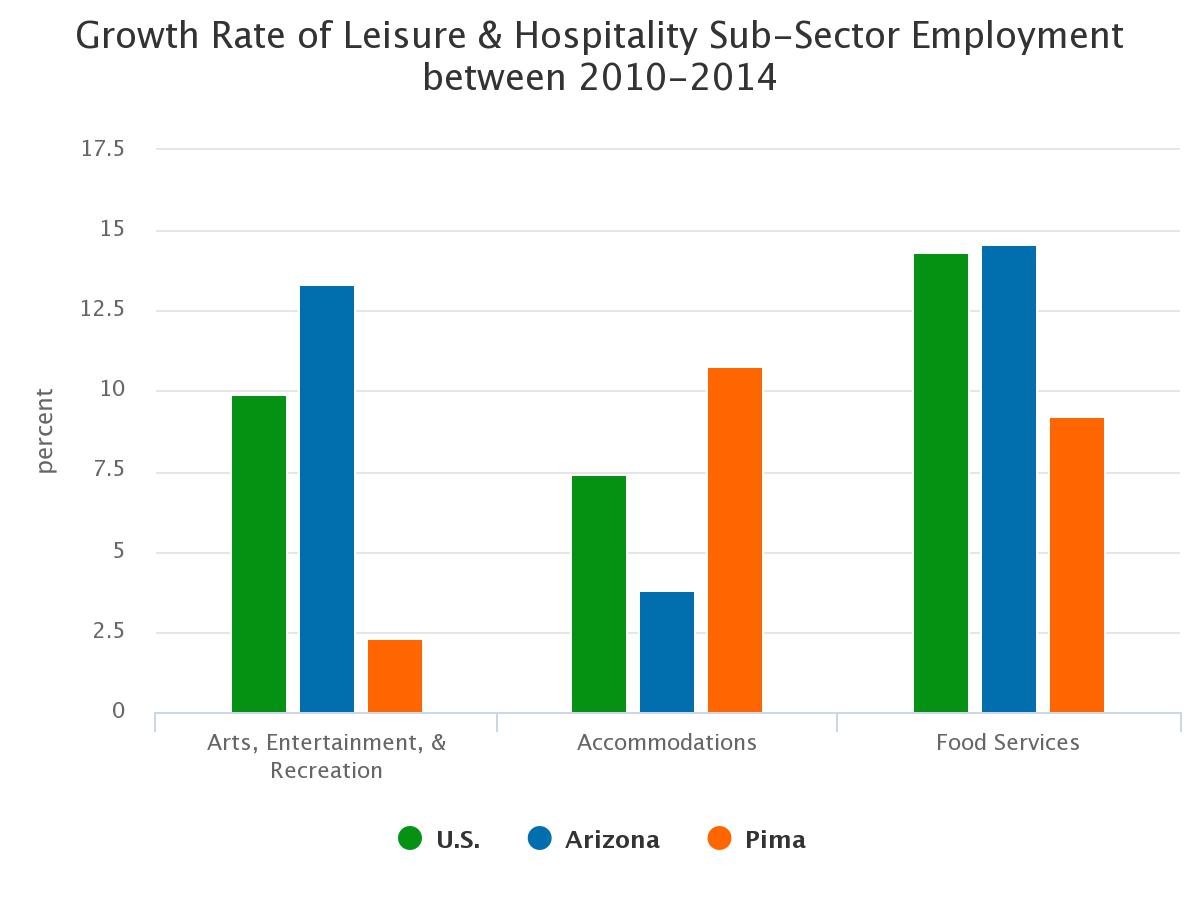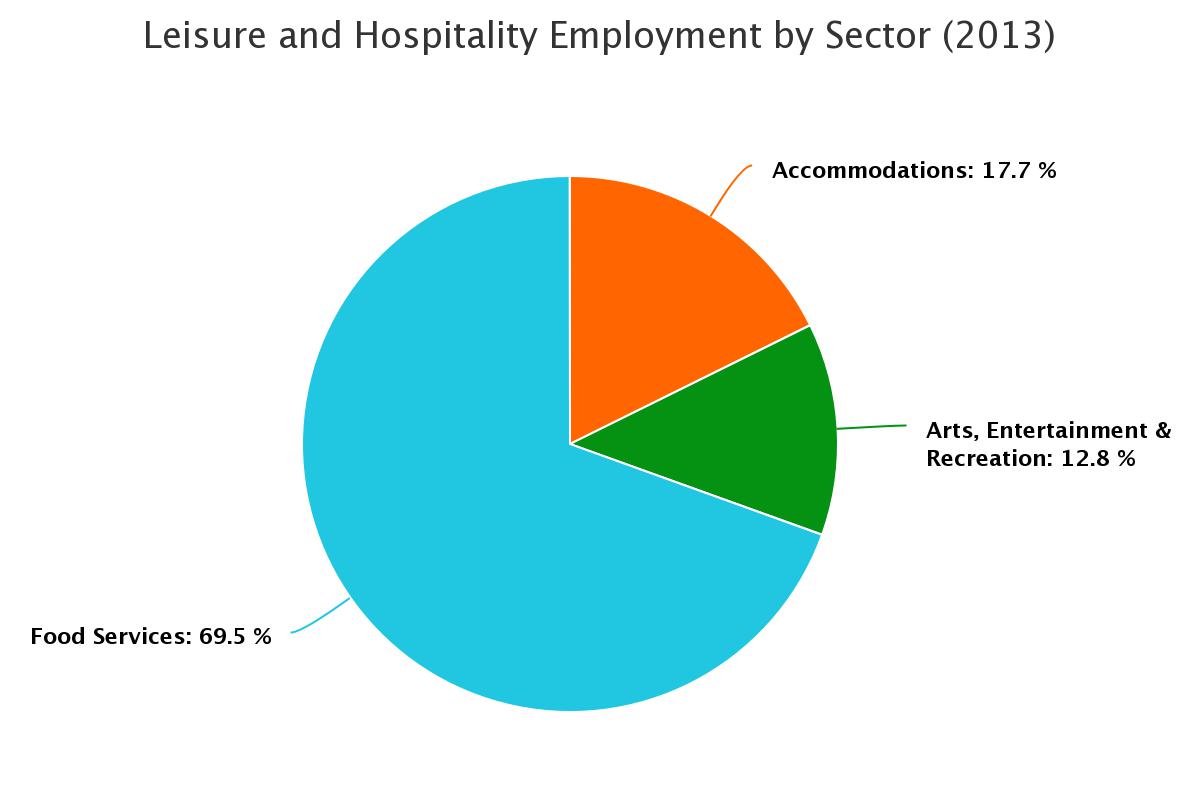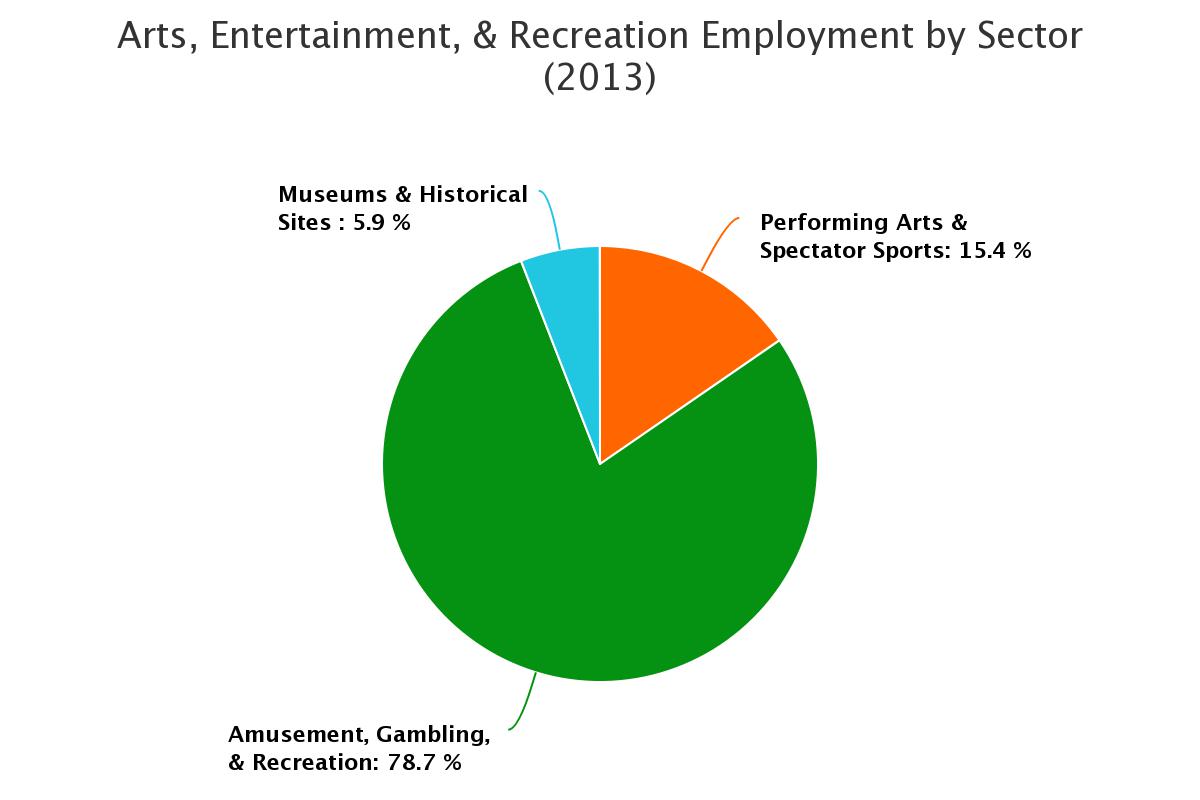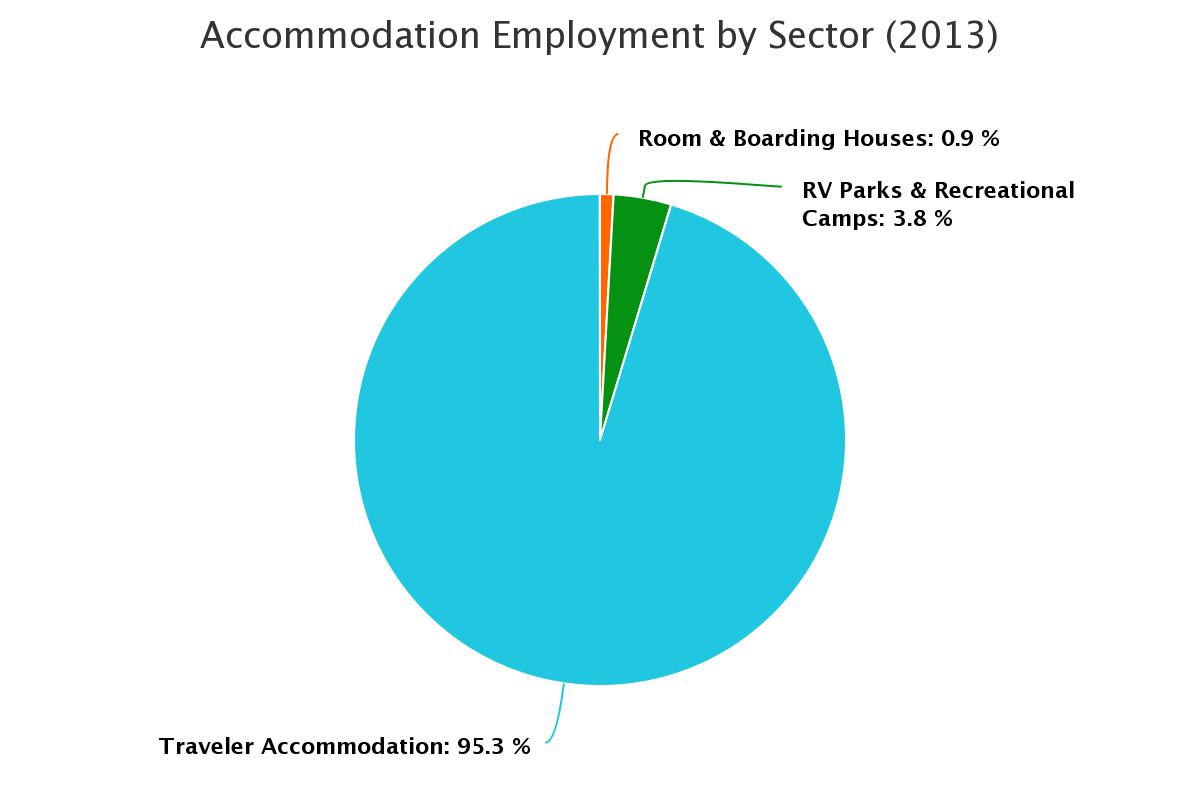Tourism is an important part of the Tucson economy. It generates jobs, income, and recreational opportunities for local residents by drawing visitors from around the U.S. and around the world. The expenditures, experiences, and interactions of these visitors to Tucson boost our economy and enrich our lives.
The leisure and hospitality sector is a key component of the tourism industry and it has been a bright spot for Pima County’s economy since the end of the Great Recession. In fact, this industry has replaced all of the jobs lost during the downturn plus added an additional 37.5%. Further, of the industries that lost jobs during the downturn, leisure and hospitality was one of only two to attain full job replacement by 2014. The other industry was natural resources and mining. Keep in mind that education and health care, another top performer locally, never experienced job losses during the recession. The overall increase in leisure and hospitality employment since the downturn was primarily driven by gains in accommodation and food services, which suggests improvement in local tourism activity.
As the graph below shows, leisure and hospitality has also added jobs at both the state and national level. The national job replacement rate was 429.2, which means that the nation replaced all of the jobs lost during the downturn, plus an additional 329.2%. That translates into 1.27 million jobs over the pre-recession peak. Arizona jobs were 69.1% above the pre-recession peak.

The leisure and hospitality industry is an important part of Pima County’s economy. In 2014, leisure and hospitality jobs represented 11.4% of all nonfarm jobs in the county. Further, 4.3% of the county’s Gross Domestic Product (GDP) was in leisure and hospitality, slightly higher than the national share of 3.8%. The leisure and hospitality industry serves both local residents and visitors to the region, making it an important indicator of tourism activity.
Employment in leisure and hospitality includes jobs in arts, entertainment, and recreation, as well as accommodation and food services. Since the end of the Great Recession, Pima County generated job gains in both sectors, with employment in arts, entertainment, and recreation up 2.3%. Employment in accommodation and food services rose much faster (up 9.5%). Digging a little deeper, employment in food services has grown by 9.2% since the end of the recession. Employment in the accommodation sector has risen even faster, at 10.8%, and reversed steady job declines during the previous decade. Employment gains in accommodations are a positive sign for the local tourism industry, since this sector primarily serves residents from outside the county.

The leisure and hospitality super-sector disaggregates into more detail which gives us a richer picture of the industry. Employment in the arts, entertainment, and recreation sector represented 12.8% of the jobs in leisure and hospitality in 2013. Jobs in the accommodation and food services sector made up the remaining 87.2%. Accommodation and food services can be broken down further into accommodations (17.7%) and food services (69.5%).
Additionally, each of the major sectors disaggregates into more detailed industry data. In 2013, employment in amusement, gambling, and recreation accounted for 78.7% of all the jobs in arts, entertainment, and recreation, while jobs in museums, historical sites, and similar institutions represented only 5.9%. Jobs in traveler accommodations made up the majority of the accommodation sector at 95.3%. Similarly, restaurants and other eating places accounted for the majority of the jobs in the food services sector with a share of 90.7%.




While job gains have been strong in leisure and hospitality, it is important to keep in mind that wages in Pima County are relatively low. In 2014, average annual wages in leisure and hospitality were $17,570 per worker, compared to $43,114 on average across all industries. Further, wages in leisure and hospitality locally were 17.8% below the national average for the industry.












